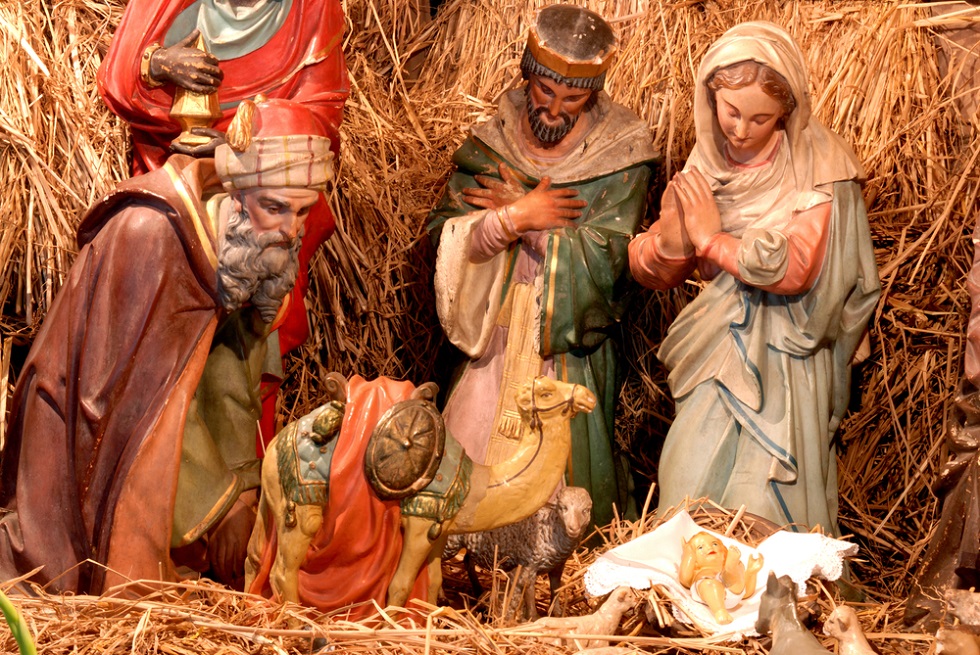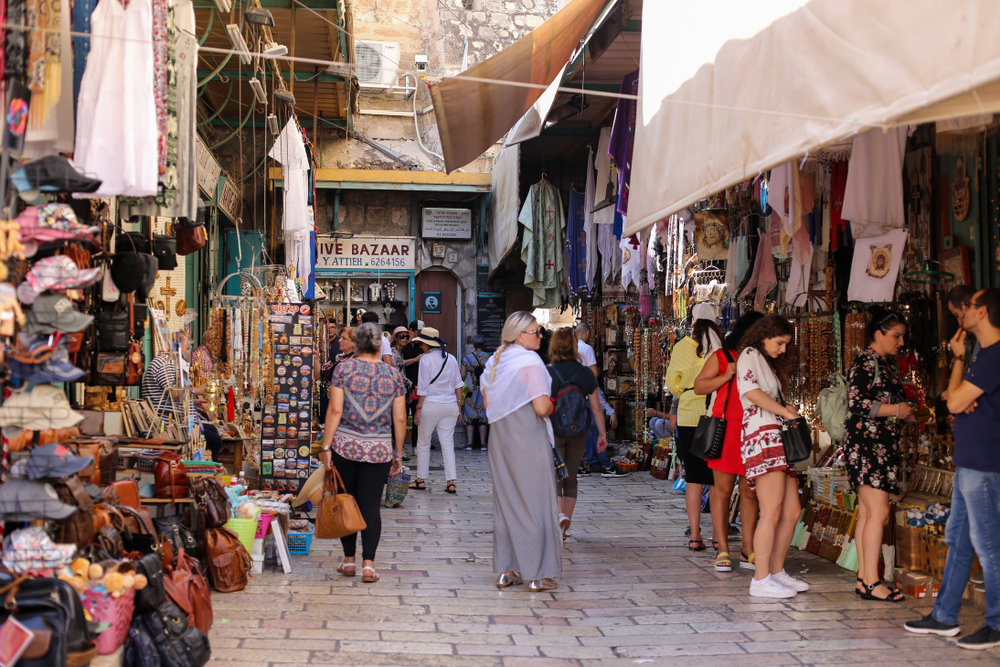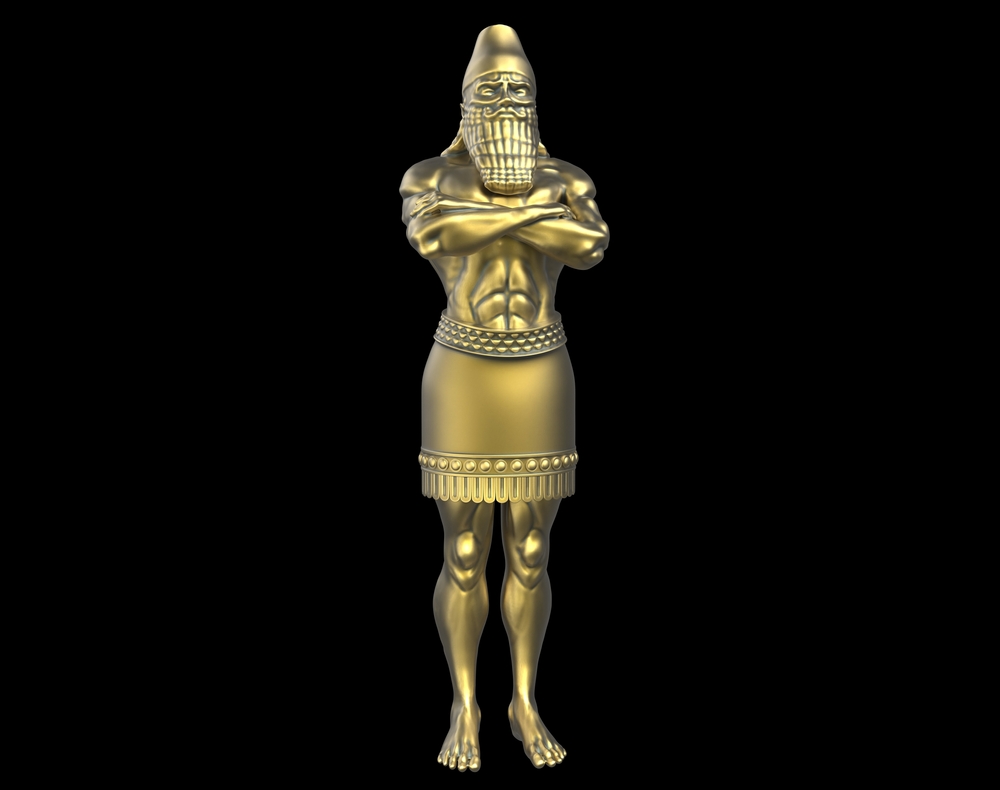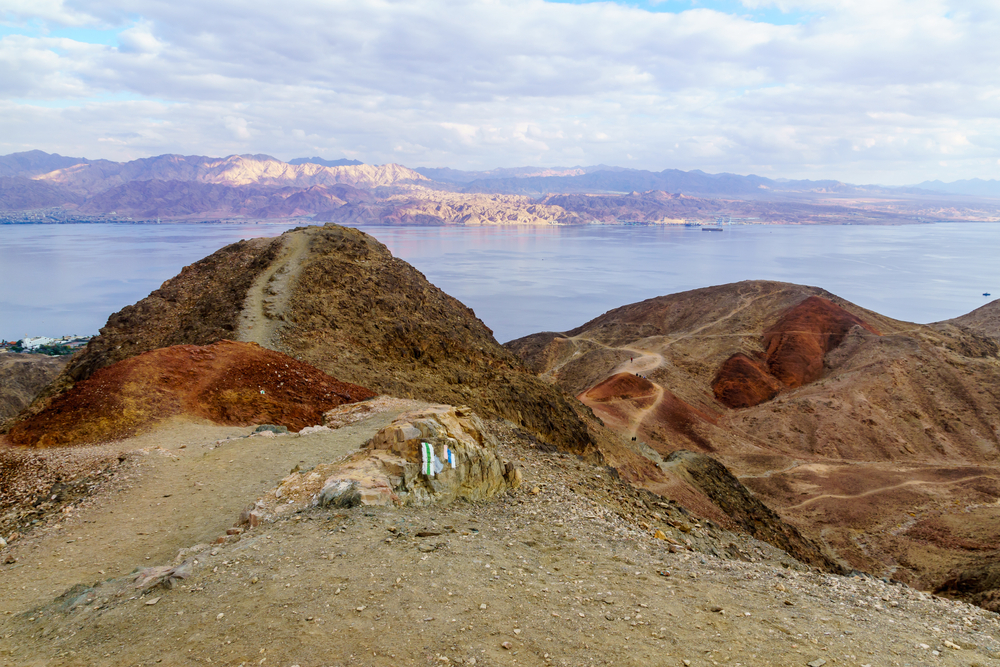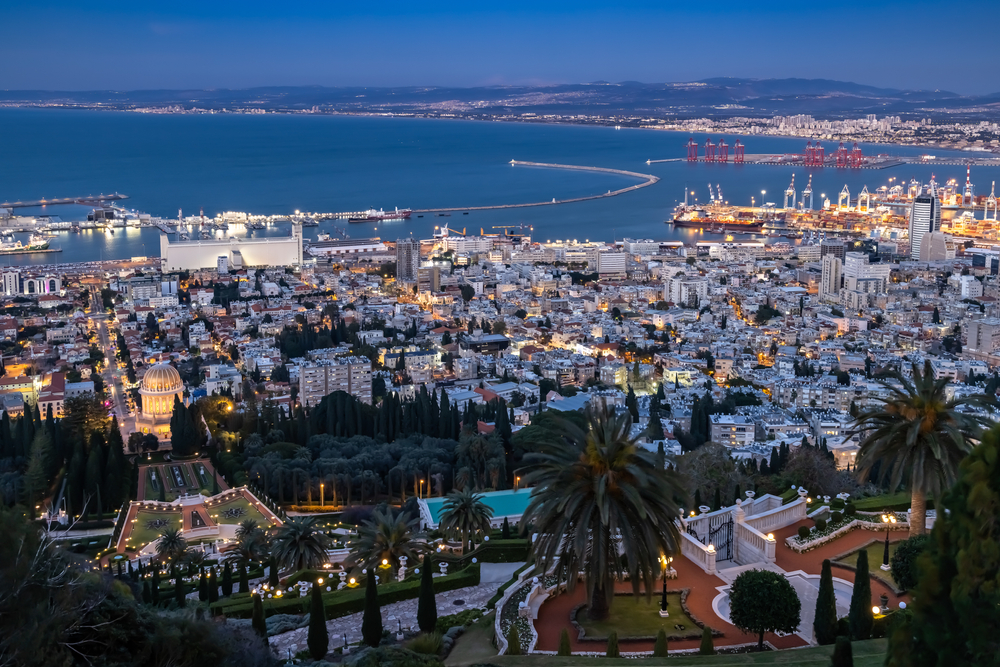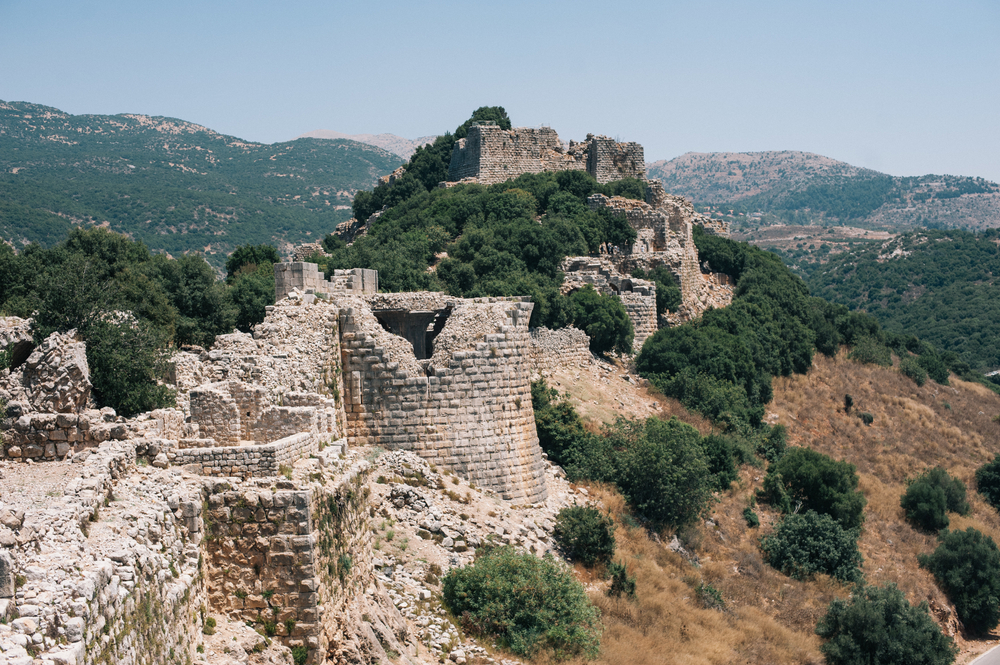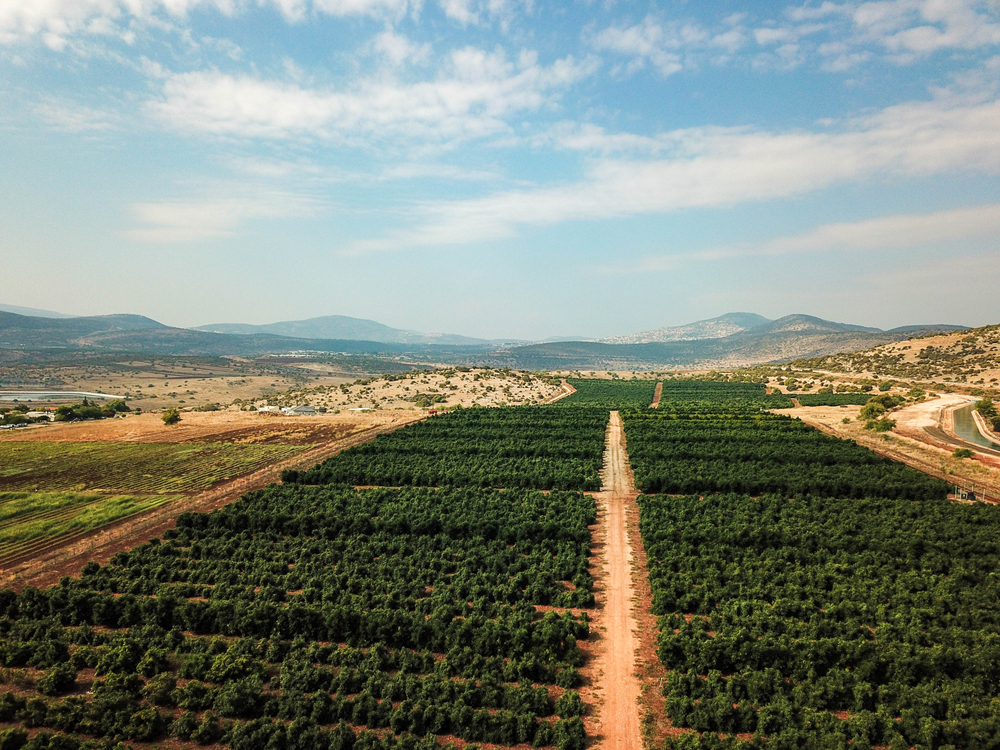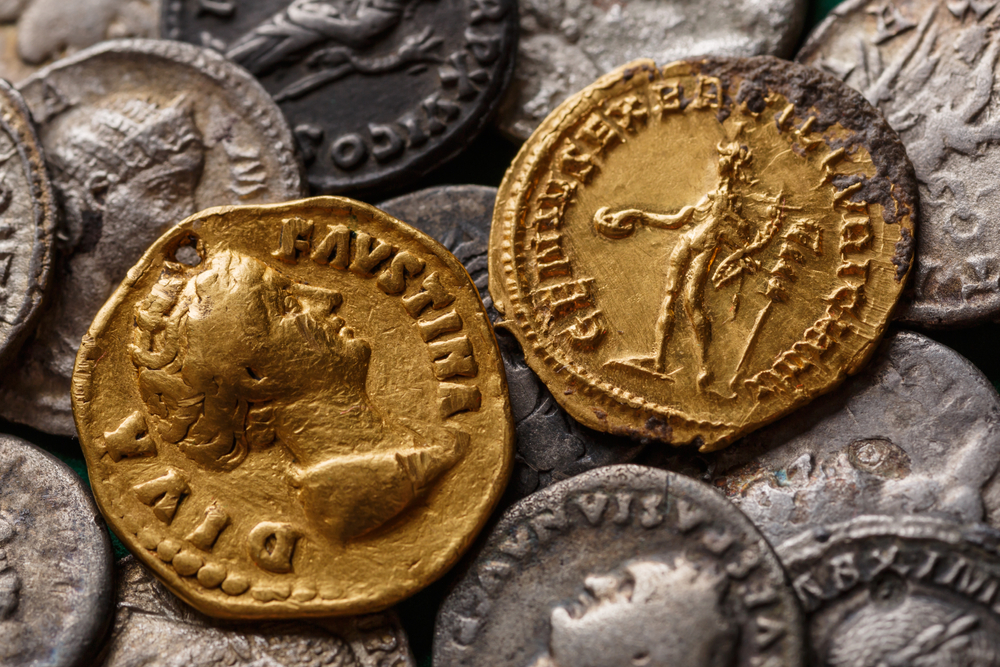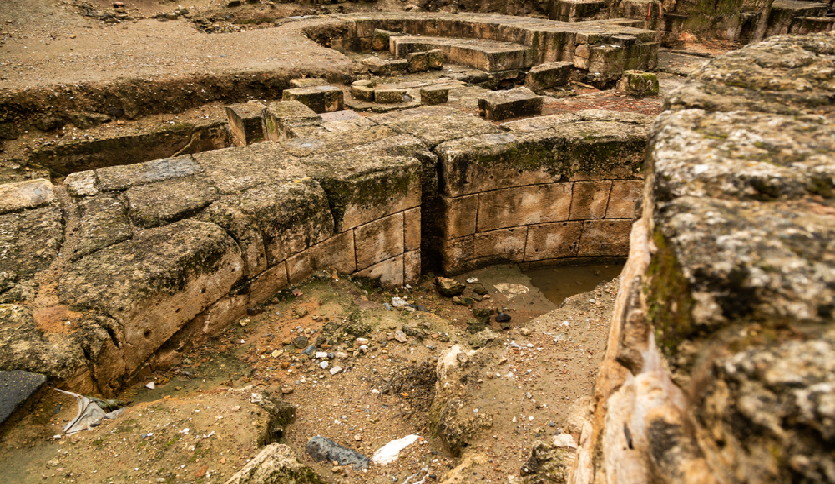Marie-Claire De Villiers
Expertise
Theology, philosophy, psychology
Education
Bachelor of Music and English at Stellenbosch University, Copywriting Diploma at Red & Yellow School of Business, Self-study in Theology, Philosophy, Psychology
Highlights
Seven years of experience as a researcher and writer
Experience
Marie-Claire boasts seven years of research and writing experience. She has written full-time for several websites and numerous blogs in a freelance capacity on a wide range of subjects while specialising in theology. She has a solid academic and spiritual background and is committed to excellent research, informative content, and inspiring words. After recovering from a life-altering back injury in 2012, Marie-Claire saw her blessings with fresh eyes and found God in a whole new way, catapulting an exciting new journey with herself, her life, her beliefs, and her loved ones
About Artza's Editorial Process
At Artza, our team of experienced writers and editors strive to bring you stories from the Holy Cities of the Christian Bible and grow your faith in God. We review Artza's content to ensure theological relevance and accuracy. We only source content from the Bible, reputable sites, and academic research institutions and cite these wherever relevant. Learn more about our editorial process here.
Latest from Marie-Claire De Villiers
Articles
Answers
Jesus in Egypt
In the Gospel of Matthew, we learn that shortly after the wise men left, Jesus had to hide in Egypt in order to flee King Herod. Joseph was instructed by an angel from God in a dream to take Jesus and Mary to Egypt to escape the king's wrath. Let's find out more about this unexpected journey. Why Did Mary and Joseph Flee to Egypt With Jesus? King Herod wanted to find and murder Jesus as he was intimidated by His glory. To do so, he ordered the killing of all male infants in the area. This may have happened up to two years after Jesus's birth. Jesus’ Time in Egypt Jesus, Mary, and Joseph lived in Egypt for around four years, and it is said that miracles occurred at each place the family visited. Some even believe that Jesus was Egyptian. According to tradition, the family began at Farma, east of the Nile, and stopped at many different locations, spending the longest period (around six months) at Gebel Qussqam. They would have seen the ancient pyramids and taken rides along the canals as part of their travels. Jesus’ Return From Egypt While in Egypt, Joseph received another message from an angel in a dream in which he learned that Herod had died, and it was safe to take Jesus back to Israel. It would seem that this occurred a few months after they left. The family returned and stayed happily in Nazareth for many years, where they would have lived a simple farming life, and Jesus would have learned about carpentry. Jesus eventually left Nazareth around the age of 30 to begin his ministry, visiting many places and making His unforgettable impact. Perhaps, the family's trip to Egypt was the start of a legacy of God's unification of people.
Ezekiel’s Wheel Within a Wheel: What Does It Mean?
The story of Ezekiel and the wheel, found mostly in the first chapter of the book of Ezekiel, is intriguing and powerful. In this article, we'll take a look at the meaning and its significance in our faith. Ezekiel's Vision The book of Ezekiel teaches us about a spectacular vision. From a mighty storm of wind, clouds, and lightning, he sees four angels or cherubim, each with four wings and four faces (a man, a lion, an ox, and an eagle). Each being in the sky also has bejeweled wheels, each of which has another inside it - "wheels within wheels." The beings hold a glorious chariot, upon which God appears seated on a throne. God says to Ezekiel, "Son of man, I am sending you to the Israelites." The Meaning of Ezekiel’s Vision Ezekiel, one of the Jews exiled from Israel to Babylon after the fall of Jerusalem, receives this vision as a sign that God has not abandoned him (or the people). The wheels are a sign of God's omnipresence, for he can move anywhere; the height of his throne illustrates that he is always watching from high above us. Another decoration of the chariot was numerous eyes, for God sees everything. Like the cross, the wheels within wheels allowed the spirits to immediately go in any of four directions where they were told to go (Ezekiel 10:16 - 17). The wheels are sturdy and consistent; we can trust in God's providence, even in difficult times. Ezekiel was also instructed to warn the people of Israel that another attack would be coming if they did not mend their ways (worshipping false idols, using violence, and not recognizing God). This magnificent scene is important as it shows us a dazzling display of God's power, his steadfastness, and his omnipresence in visual form.
What Happened to the Northern Kingdom of Israel?
In ancient times, God was displeased with King Solomon. As punishment, he split the Kingdom of Israel in two. This was sped up by the tribes' long-ongoing wars and several other factors. Twenty kings ruled the Northern Kingdom, but they were all wicked, having the same habits of idolatry (worship of false idols) as King Solomon. Despite numerous prophets (Elijah, Elisha, Amos, and Hosea) visiting and calling the kings to repent over the years, nothing changed for a while. The Northern Kingdom Overthrown From 726 - 722 BCE, the city of Samaria was besieged by the Assyrians. Many of the people were taken into captivity or deported - and the Northern Kingdom of Israel’s Tribes became known as the ‘Ten Lost Tribes’, after being forcibly resettled away from their places of origin. The destruction of Samaria was the beginning of the fall of the Northern Kingdom. The destruction of Samaria, the Northern Kingdom's capital, was foretold by Hosea and Micah (see Hosea 13:16; Micah 1:6). The Kingdom of Judah (or the Southern Kingdom) existed as an independent state until 586 BCE, where it was conquered by the Neo-Babylonian Empire. The Northern Kingdom Today The Northern Kingdom has been reunited with Judah and is now known as the United Monarchy. It includes all major cities including Jerusalem (on the western side), but there are still territorial wars happening in the region, particularly the area known as the West Bank. Did you know? Jesus is sometimes referred to as the ‘Lion of Judah’. This is because He was born in Bethlehem, and has His great temple in Jerusalem - which used to fall under the region of Judah.



